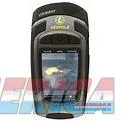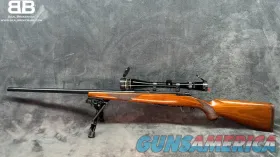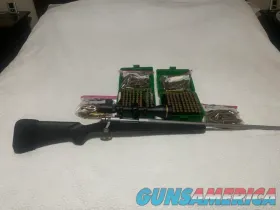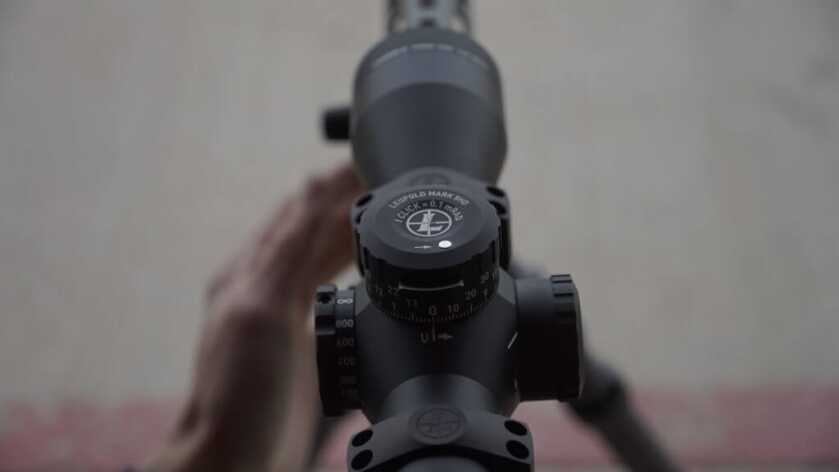
Estimated reading time: 1 minute
Riflescopes were first invented in the early 1800’s. They consisted of a mount with the ability to shift the entire scope to achieve a zero, a metal tube that ran the full length of the barrel, and a reticle or “crosshair” that provided an aiming point. During WWI massive advancements in rifle scopes were achieved, especially by the Germans. American submarines started using a periscope reticle using a new form of measurement called milliradians which allowed them to determine the size of objects at a known range, or the distance of objects with a known size.
Table of contents
Milliradians, also known as Mils or mRad, are essentially a measurement of angle which is equal to one meter at a thousand meters, or .1 meters wide at 100 meters. I know some of you are panicking right now because I’m talking about the metric system, but hang with me for a minute and I’ll make this as simple as I can.
MOA or mRad?
Both of these measurement systems work just fine and largely come down to a matter of preference. One minute of angle or MOA is equal to 1.047 inches at 100 yards (that .047″ results in compounding errors downrange if not carefully corrected for). Scopes that come in MOA typically have adjustments equal to 1/4th MOA per click of the turret, which is slightly finer in adjustment than the standard mRad adjustment of 1/10th mRad per click, which equals .36 inches or 1 centimeter at 100 yards.
READ MORE: Barrett MRAD: SOCOM’s Chosen Precision Rifle – A Comprehensive Review
For years, MOA was the more popular of the two in the US, but now 80-90% of competition shooters are using mRad and (finally) more hunters are using mRad than MOA with 55% of Leupold’s sales being mRad.
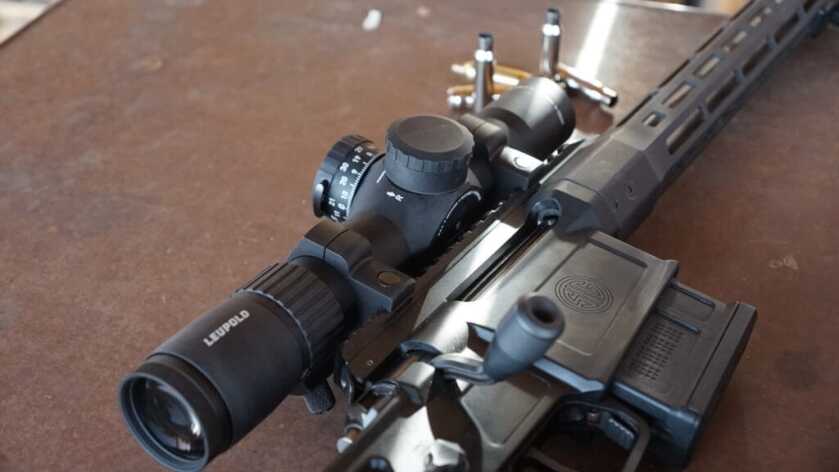
What Makes The Difference
I prefer mRad. I lived with mRad as a tank officer in the Marines and found the metric of 10’s to be easier math than the 1/4 value adjustments of MOA. In high-stress situations like combat or big game hunting, complicated math is not a welcome guest. The reason I use reticles with mRad is the same reason carpenters use tape measures; when we guess sizes and distances we get it wrong.
Available on GunsAmerica Now
Let’s say I’m shooting my 308 at 400 yards and it’s zeroed for 100 yards– I need to hold 2 mRad high in order to hit the target, no math is required there whether I use the scope’s turret to dial 2 mRad (or 20 clicks) or use the reticle to determine elevation, but if I do the math that means I’m holding 29 inches high.
Go grab a tape measure, pull the dumb end out with the numbers facing away from you, and stop when you think it’s 29 inches. I bet you a jelly doughnut you are off. Now imagine trying to make that same guess almost a quarter mile away– that’s what hunters have been trying to do with standard duplex reticles for most of the last century, and they’ve been missing.

Breaking Down Some Reticle Options
For a scope that would be effective both in a target competition and hunting we preferred the 3.6-18X and our favorite overall reticle was the TMR.
Fun Fact: Some of the first “crosshairs” Leupold put into scopes were made from the silk of black widow spiders. There was a staff spider expert who raised and “milked” the spiders to create the strong and thin filament used to make their reticles.
Tactical Milling Reticle

The Tactical Milling Reticle (TMR) is the simplest reticle of those we tested. Small hashmarks are .5 mRad and large hashes are 1.0 mRad. The thickness of the reticle lines which begins at the 10 mRad mark helps draw your eye to the center at lower magnification settings. The scope we used with this reticle has a power range of 2-10 and is a compact, lightweight, and robust option for shooters who don’t see themselves engaging a target much beyond 500 yards. This scope looks like a bulldog atop the rifle in the very best of ways.
The PR1 Reticle
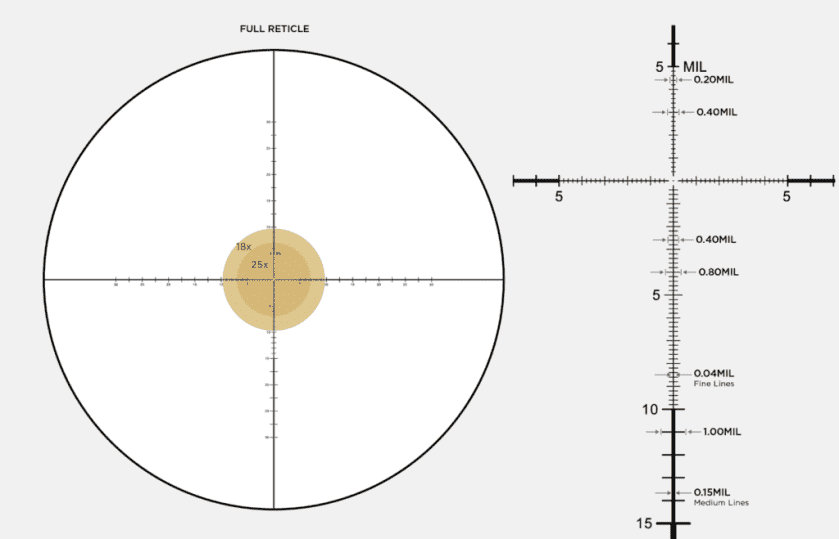
The PR1 reticle ranked lowest for us, even though it was in the 3.6-18 power scope we preferred. The shooters found it difficult to count the reticle lines when holding for elevation rather than dialing because the lines representing 1.0 mRad were not substantially easier to see than those representing .2 mRad. This actually caused some misses because shooters didn’t count correctly while they were getting used to the scope. However, if you dial your turret each time you shoot, you may like this simple mil grid as the windage hashes are easier to read than the elevation.
The “Christmas Tree Reticle” – PR2
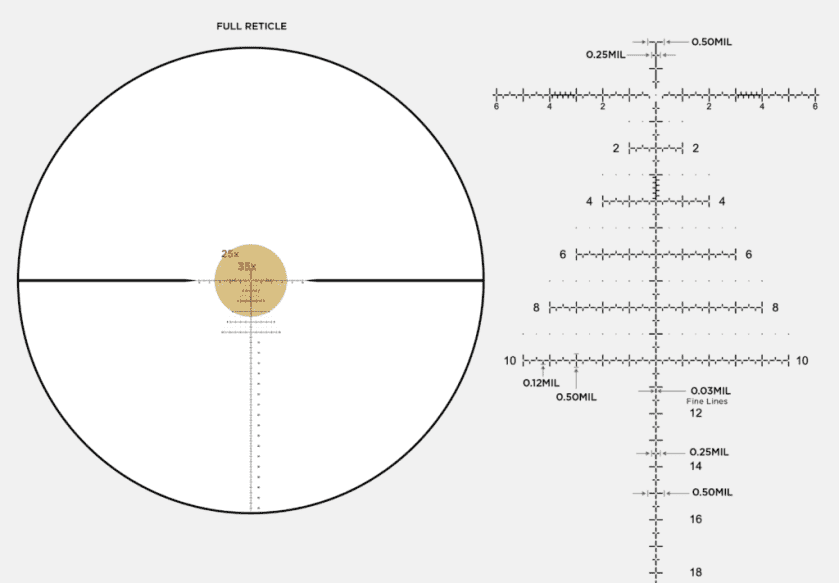
The runner-up reticle, and a close second at that, is the PR2. This reticle falls into a class often called “Christmas Tree Reticles” due to its shape. When a shooter is likely to engage multiple targets at different ranges or has a likelihood of targets occurring at different ranges without time to dial, this reticle enables the fastest shot. These reticles are most at home in tactical situations but I prefer them for hunting because they allow me to estimate the size of an animal quickly as long as I know the range.
Applicable While Hunting
For example, if I spot a bear at 1,100 yards and he is 2.0 mRad from nose to tail, I know that bear is roughly 6 feet long. We tested on a very windy day, and my solution for a 1,000-yard target with 300wm was 7.2 mRad of elevation (21.5 feet of bullet drop) and 4.5 mRad of windage (13.5 feet) While I DO NOT advocate for shooting these distances while hunting, practicing at them is a lot of fun, and it’s much more difficult to make these shots without a reticle.
Some shooters may have heartburn with this reticle because the windage hashes are spaced at an interval of .25 mRad instead of the more common .2 mRad but I found the adjustment quick to make and enjoyed the cleaner lines.
First Focal Plane (FFP)
All of these reticles are first focal plane (FFP) which means that the reticles will appear thicker as you zoom the scope in. If you have a scope with a reticle that is not the first focal plane, the thickness of the reticle will appear the same throughout the range of focus, BUT it will only function as an effective measurement at a specific power setting, usually max power.
If I have a 3-18 scope that is the second focal plane, and I only want to zoom in to 12x, the distance between lines that would equal 1 mRad at 18x will actually represent a distance greater than that at 12x, which makes the reticle useless or close to it.
The drawback to FFP is that the reticle appears very thin at low power settings and can be difficult to see during low light conditions. A few years ago I shot a bear at the last light at 40 yards with an FFP scope and I couldn’t see the reticle at a lower power so I had to zoom in much more than I felt comfortable. It worked but wasn’t ideal.
Reticle Myth: Busted
For years I heard the myth get circulated that the middle powers of a scope were more clear than max power so we put this to the test with the 5-25x and the 7-35x scopes. We attempted to read different sixes of font on a target at 100 yards with both scopes set on 18x. While the difference was not massive, the shooters unanimously agreed that 18x was more clear on the 7-35x scope.
Now, unless you are hunting for crickets at 300 yards, 35x is a bit much. However, for sighting in, analyzing antlers at distances, or adjusting between powers with minimal movement of the power bezel, the 7-35x really shined. It’s also only 4 ounces heavier than the 5-25x, so if I had to choose between the two I’d get the larger one. We also agreed that the reticle thickness was more useful to hunters at 7x than 5x, which is another reason to go big.
Some Reticle FAQs
Q: What’s the Difference Between First Focal Plane (FFP) and Second Focal Plane (SFP) Reticles?
A: FFP reticles maintain their scale at all magnification levels, making them suitable for range estimation at any power setting. SFP reticles maintain their scale only at a specific magnification level, typically the highest.
Q: What Role Does Reticle Clarity Play in Accuracy?
A: Reticle clarity is crucial for precise aiming. A clear and sharp reticle ensures you can place your shots accurately, especially at longer distances or in low-light conditions.
Q: What is a Riflescope Reticle?
A: A riflescope reticle, often referred to as a crosshair, is the aiming point or pattern visible through the scope that helps shooters align their aim with the target.
Leupold Mark V Scopes
While we are talking about it, here’s my quick review of the Leupold Mark V scopes. They are tough, lightweight for their class, have excellent controls, and startlingly clear glass, and offer performance consistent with optics that cost twice as much and weigh half a pound more. The turrets are relatively low profile, but the 35mm tube takes up a lot of real estate which does make the scoped rifle more cumbersome to carry on a sporter-style gun than their classic hunting scopes. Setting the zero stop in this turret only requires loosening two Allen screws, spinning the turret to zero, and tightening them again. This is the simplest zero-stop set I’ve ever used and I love it.

Conclusion
There are a myriad of ballistic solvers and calculators available, many of them built into rangefinders. When I range a target or animal with my Sig Kilo8k, the screen gives me a readout for my windage and elevation adjustment in mRad. I then know how much elevation and how far off to the side to hold. If you don’t have a reticle to measure with, you end up guessing how far 29″ is at 400 yards and then you probably miss. If you use one of these reticles, you’ll know exactly where to hold and you’ll be well on your way to never missing again.
*** Buy and Sell on GunsAmerica! ***


